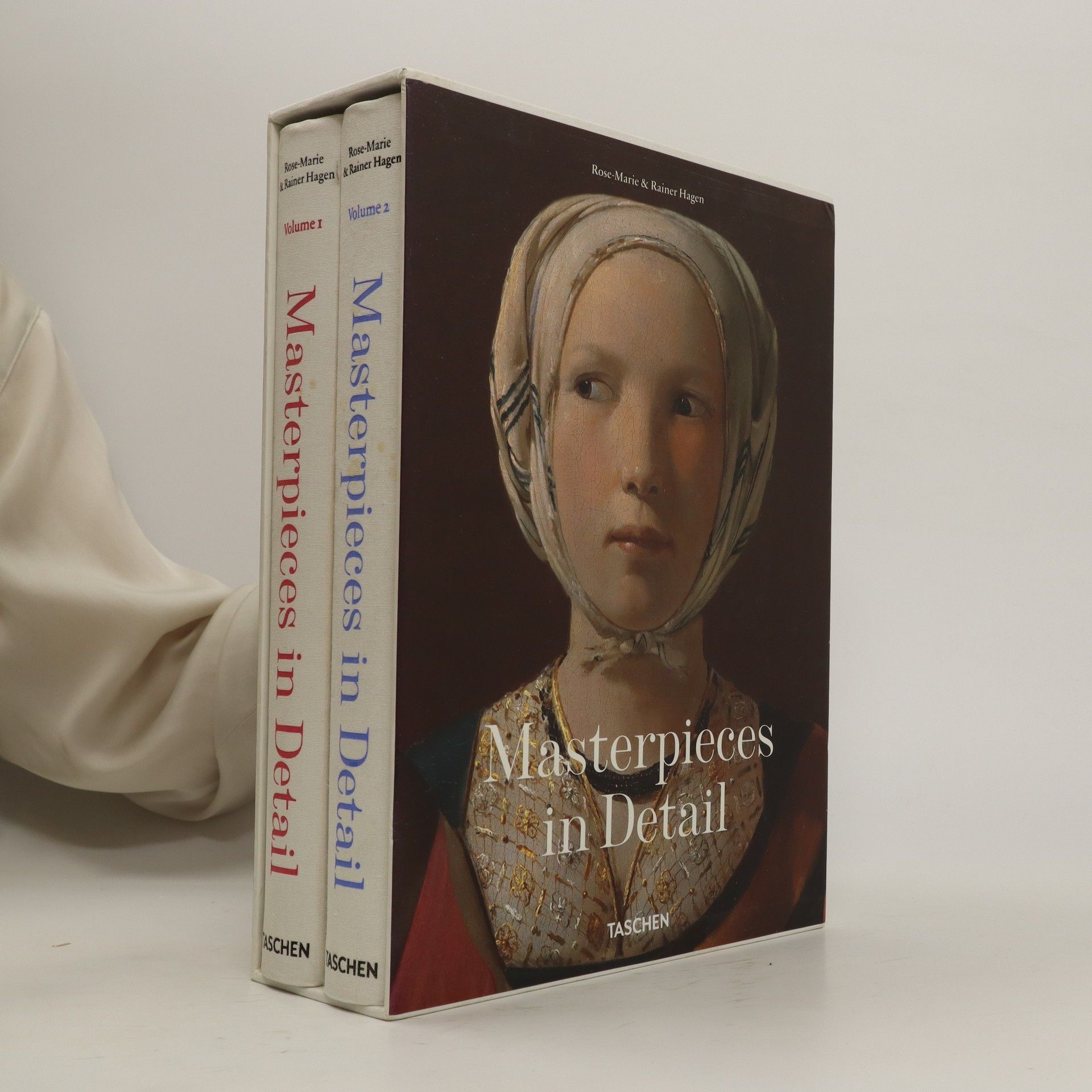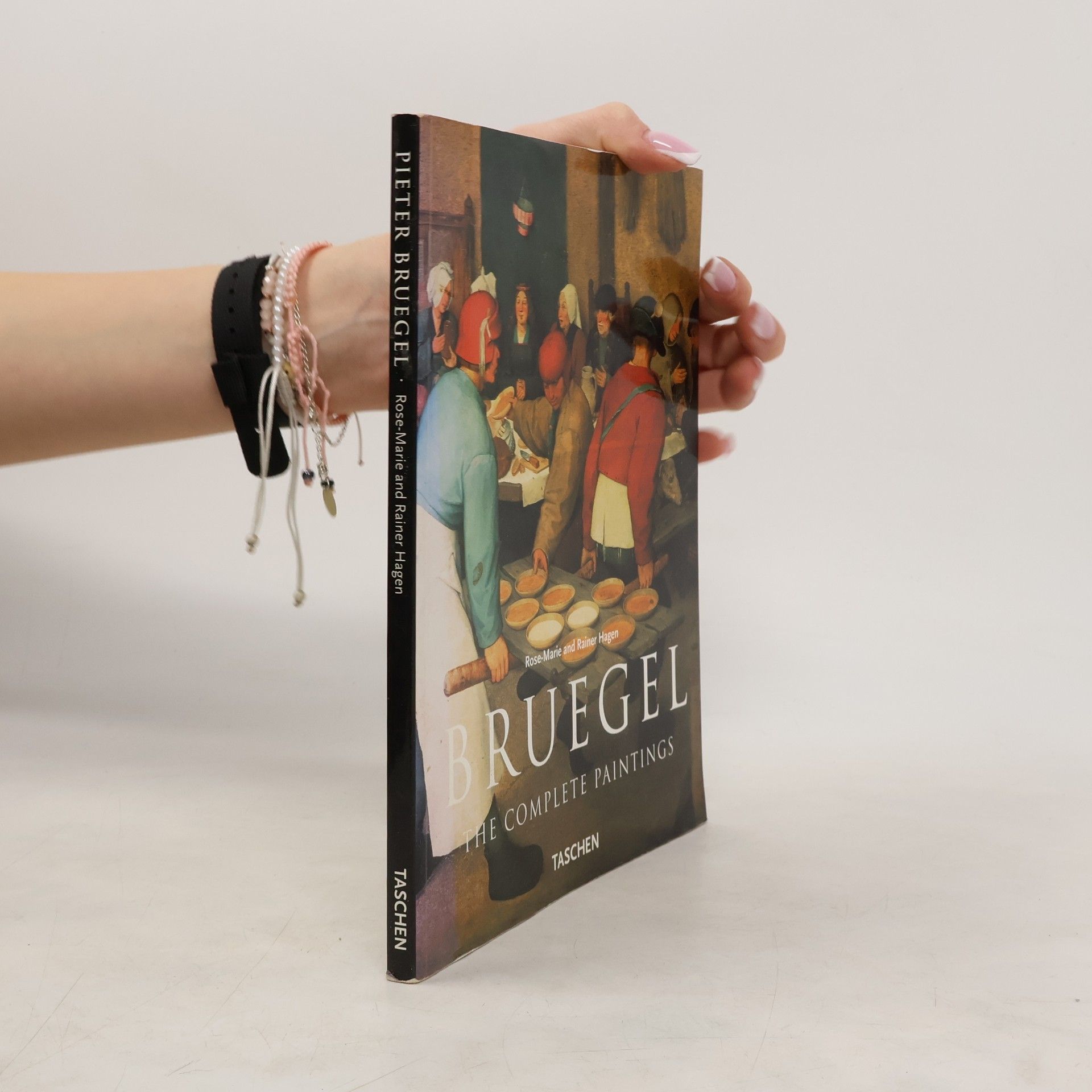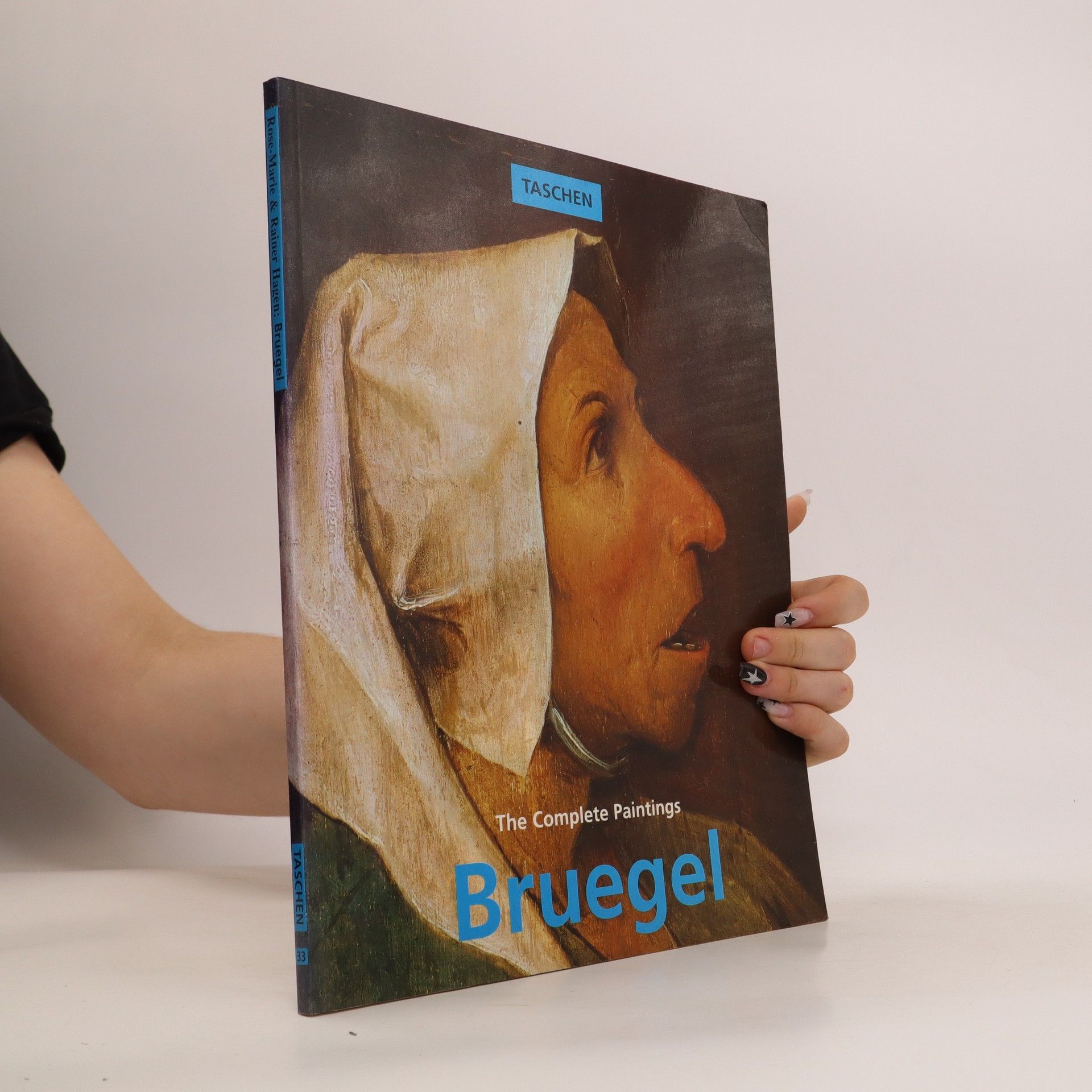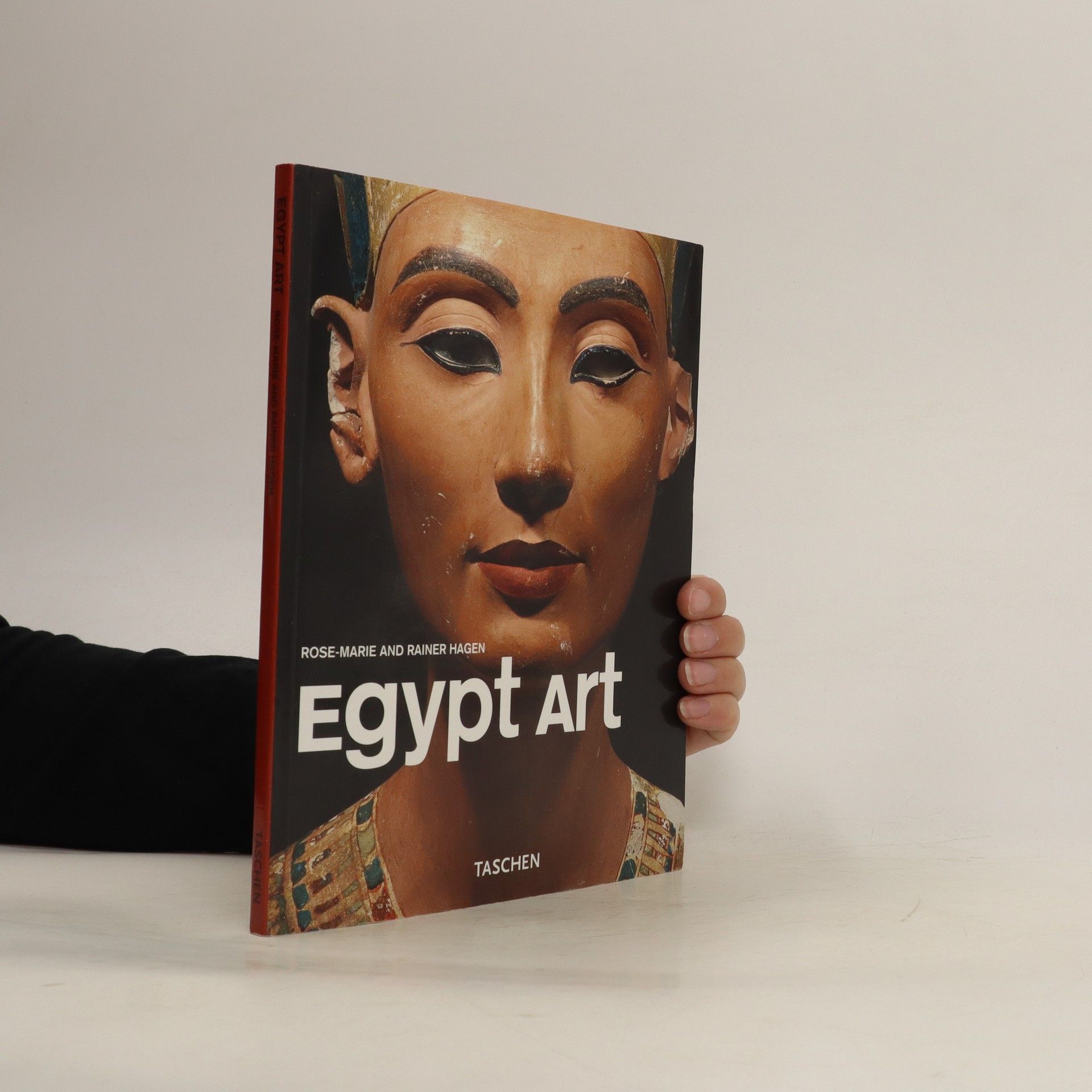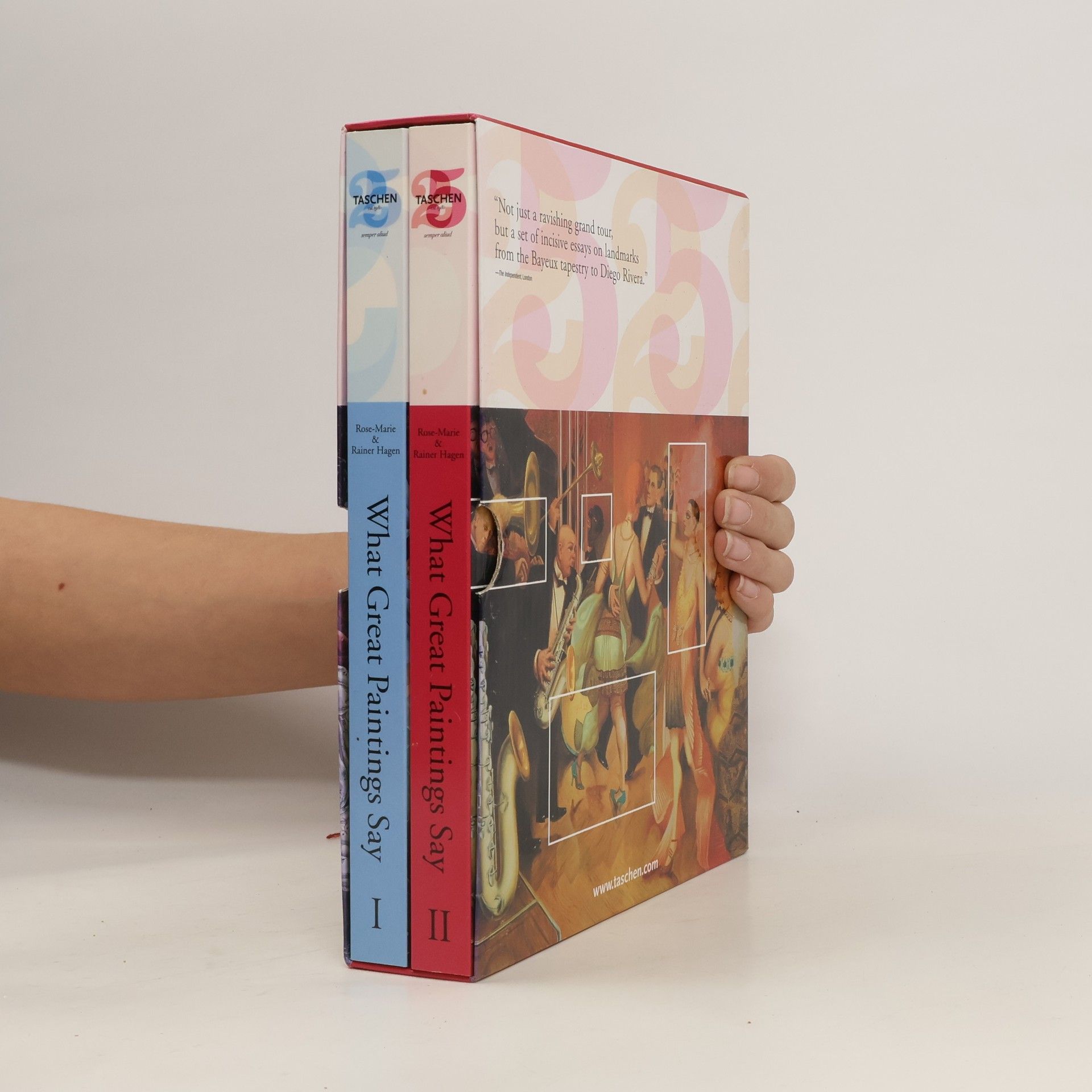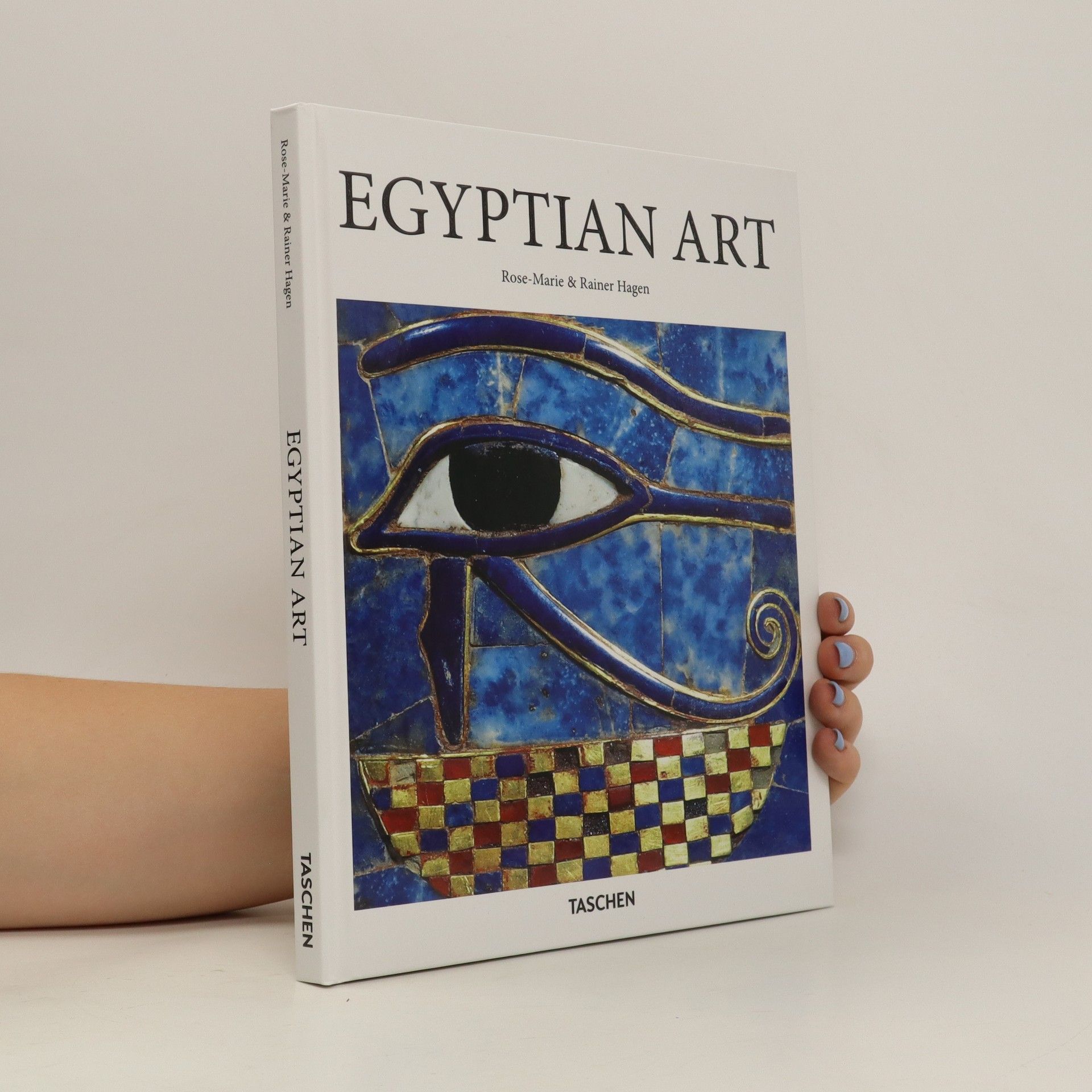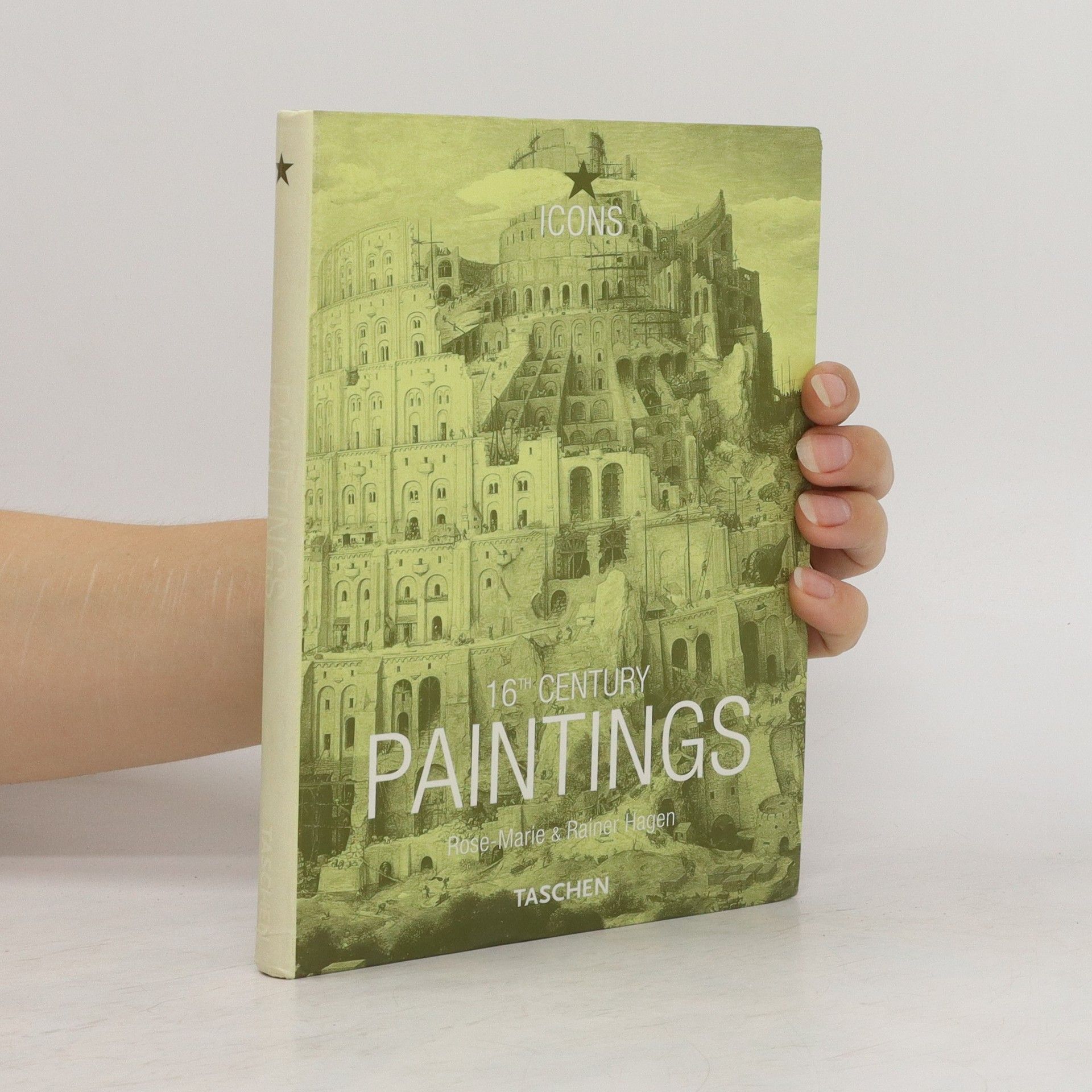What Great Paintings Say I-II
- 720 pages
- 26 hours of reading
Masterpieces under the microscope: from ancient Egyptian papyrus scrolls to 20th century works Did the Greek gods play tennis? What is the ambassador from the land of Alchemy telling us? What secrets are being told on the shores of the Island of Venus? What is a monk doing on the Ship of Fools? What Great Paintings Say has the answers to these and many other burning questions asked about the most important and famous paintings of all time. In two volumes, a selection of history's greatest masterpieces is presented chronologically, including works by Botticelli, Breughel, Chagall, Courbet, Degas, Delacroix, D?rer, Goya, Monet, Raphael, Rembrandt, Renoir, Rubens, Tiepolo, Titian, and many others. Each chapter focuses on one painting, with enlarged details and in-depth texts describing their significance. Taking apart each painting and then reassembling it again like a huge jigsaw puzzle, the authors reveal the history of art as a lively panorama of forgotten worlds.

